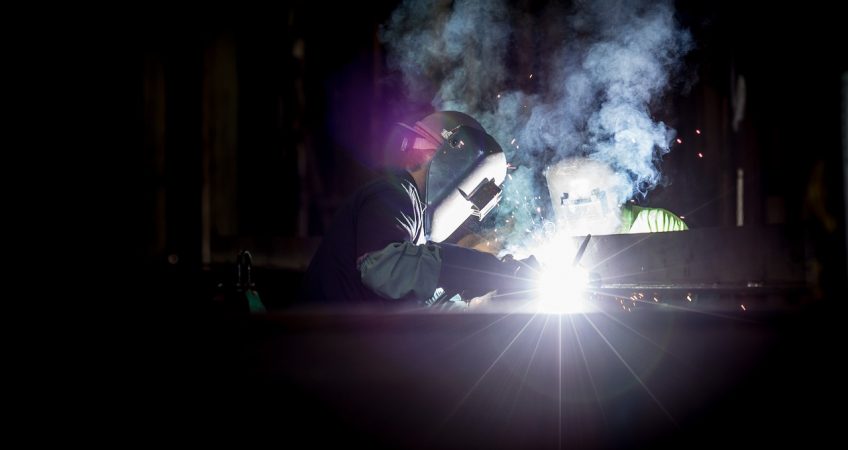Welding. It is an age old technique with many setbacks if it is not done properly. However, for all the trouble that can be caused by it, it is still one of the standard methods for conjoining metals. But happens when you try to weld two different metals, or metals with different carbon contents? Well the idea isn’t that they cannot be welded together, because welding is essentially melting two materials together. Although in some cases, the welding of dissimilar metals may show no results at all.
Why shouldn’t you weld different metals together?
The welding of dissimilar metals can produce adverse effects. That is because of the different properties they have which may cause them to act differently when in contact with each other. While it is still possible to do, the margin of error is very high and the long term complications are anything but satisfactory.
Metals with different levels of corrosion resistance, like stainless steel (high corrosion-resistance) and carbon steel (low corrosion-resistance). Welding two materials like these together might not be the best idea in this instance, because the carbon steel will not be able to keep up with the level of corrosion-resistance that the stainless steel can handle.
Heat affects materials of different qualities differently, which can cause problems when two dissimilar metals face the same problem. This can result in low weld strength and pressure cracks that might develop due to the different heats needed to make the weld properly.
Here at MegStar Industries, we pride ourselves on our knowledge of metallurgy to create and design metal structures that will last a lifetime. If you are in need of a functional redesign, Give us a call or visit our website for more information!

